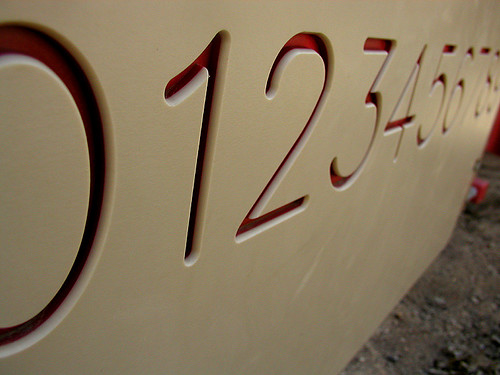
An interesting article on math and the city was just posted on the New York Times website. Written by Steven Strogatz, a professor of applied Mathematics at Cornell University, the article describes how curtain characteristics of urban life follow mathematical patterns that mirror natural processes.
Strogatz shows how urban studies and zoology are linked by the mathematical law of collective organization, where city size, the number of gas stations and other forms of infrastructure can be seen to follow the same rules that apply to animal metabolisms and circulatory systems.
While directly linking ecological rules to urban systems has a long and often troubled history (here I’m thinking of Lewis Mumford‘s often autocratic use of ecology in his famous book The Culture of Cities), I would be interested to see whether this kind of study could identify areas where certain cities lag behind the numbers in terms of their ‘natural’ infrastructure requirements. Also, which cities exceed these mathematical laws in certain features, for instance in miles of roadway, cafes, used book stores or bike shops, would be cool to know.
Photo by Sharyn Morrow




2 comments
All I have to say is math is awesome! 🙂
Zipf’s law does not hold true when the granularity of the data is increased.
http://www.pubmedcentral.nih.gov/articlerender.fcgi?tool=pubmed&pubmedid=17895975